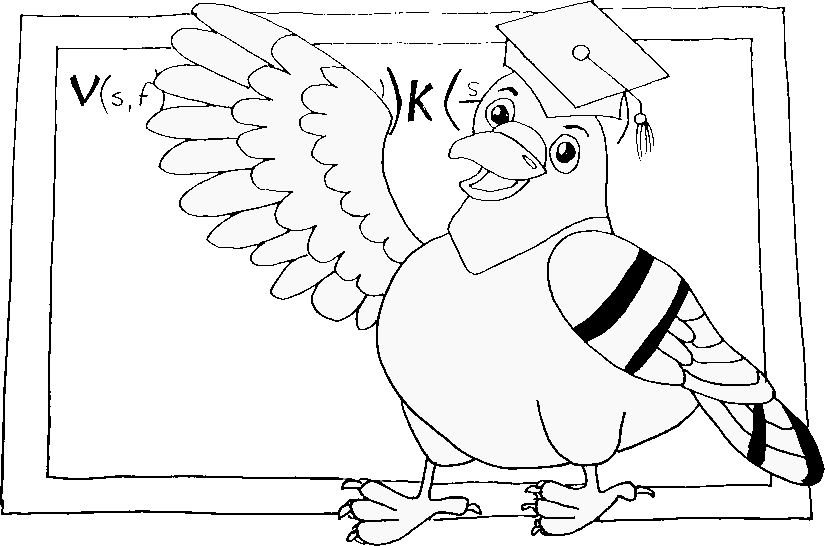Permutationally Invariant Networks for Enhanced Sampling (PINES) is a data-driven method for studying free energy landscapes of both single and multi-molecular systems. PINES discovers collective variables (CVs) that are translationally, rotationally, and permutationally invariant in an iterative manner by taking permutationally invariant vectors (PIV) as input and passing them through a regularized autoencoder to discover high-variance CVs using the Molecular Enhanced Sampling with Autoencoders (MESA) technique. In this advanced PLUMED tutorial, we first provide an overview of the PINES method and demonstrate its application to study ion dissociation in water.
We use Jupyter notebooks that cover the entire iterative process of PINES — initial simulation setup, feature determination for constructing PIVs, dimensionality reduction using regularized autoencoders, whitening the latent space using principal component analysis, and generating PLUMED files for biasing using parallel bias metadynamics. All the input files required to run the tutorial will also be provided with the tutorial.
The primary learning objectives from this tutorial are permutationally invariant molecular representations, high-variance CVs, autoencoders, and enhanced sampling methods at a high level along with a practical understanding of PINES to molecular systems in PLUMED. We assume the user is familiar with CV biasing enhanced sampling methods and usage of metadynamics introduced in early PLUMED tutorials.
flowchart TB;
A[PINES Paper] ==> C[Description]
B[MESA Paper] --> C
C ==> D[Notebook];
E[Metadynamics] -.-> D;
click A "https://doi.org/10.1021/acs.jctc.3c00923" "The paper about the PINES method introduced in this tutorial"
click B "https://doi.org/10.1002/jcc.25520" "The paper about the MESA method, the previous iteration of PINES which is not permutation invariant"
click C "DESCRIPTION.html" "A very brief introduction to PINES and the instructions for the exercises"
click D "notebooks/PINES_tutorial.html" "A python notebook file containing the exercise"
click E "../../../21/004/data/NAVIGATION.html" "This tutorial teaches you how to run metadynamics simulations"
Click here to open manual pages for actions discussed in this tutorial.
